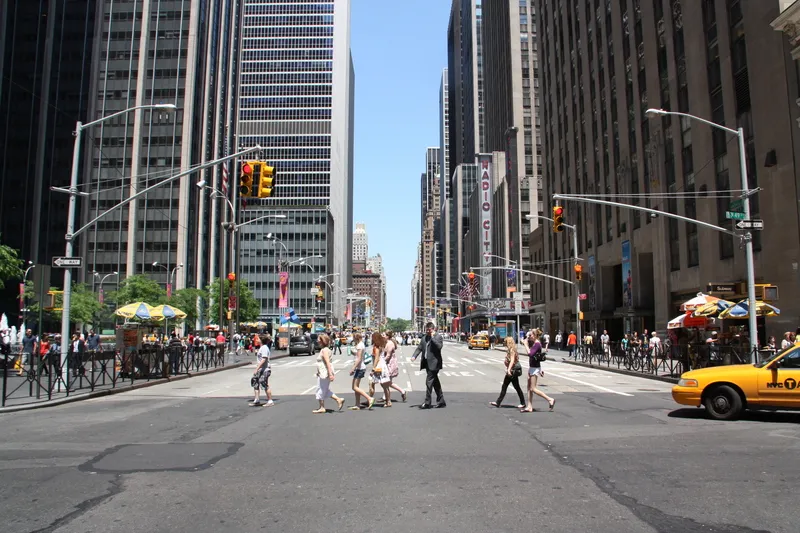
A California school zone pedestrian crossing initiative has won a prestigious award.
The Caltrans Excellence in Transportation Awards Program recognised the City of Santa Clarita's 'pedestrian scramble', a signalised crossing which allows pedestrians only to move across the road at certain times while all vehicle traffic is stopped.
Santa Clarita, the third-largest city in Los Angeles County, partnered with McCain and Kimley Horn and Associates, to reduce traffic congestion and improve pedestrian safety at the intersection of Seco Canyon Road and Decoro Drive.
The intersection is adjacent to two schools in Santa Clarita, and the large volume of students and motorist traffic during school hours creates significant congestion, McCain said.
During most times of the day, the intersection operates with pedestrians walking at the same time as cars but McCain helped the city implement a modified exclusive pedestrian crossing for operation during peak school traffic hours.
The intersection was upgraded to a McCain 2070LX ATC Controller and equipped with Omni eX intersection control software.
“During school start and end times, when pedestrian demand is very high, the controller operates with an exclusive pedestrian phase," explains Luke Baker, senior ITS engineer at McCain.
"What this means is once per cycle all the vehicles are stopped while all of the pedestrian movements come on together, allowing more people to cross the street safely."
The company says traffic circulation "has greatly improved" since implementation: motorists no longer need to wait for large volumes of pedestrians to cross the street during a green light before they can make a turn.
"The project resulted in reduced congestion and shorter travel times for cars, eliminated conflicts with cars and pedestrians, and enhanced pedestrian safety for students and parents who use the crosswalks daily," McCain concludes.








